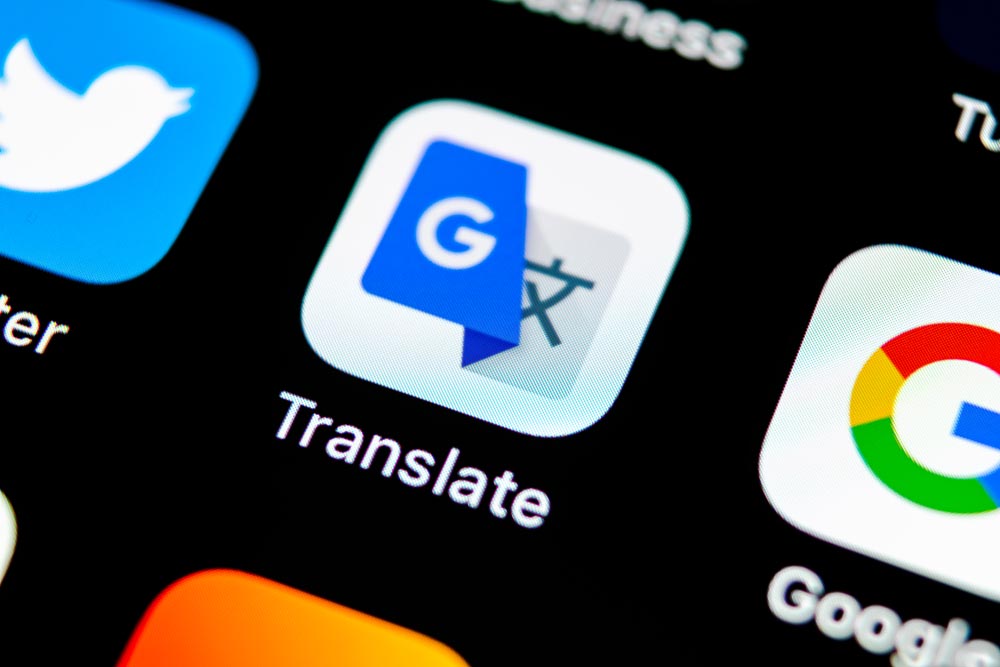Online English Teacher: “… And how did that make you feel?
Lower Intermediate Online ESL Student: (the sound of typing in the background) “In this situation, I feel drab.”
Student-constructed answers such as in the previous example are nothing new having been around ever since there were language translation dictionaries. However, with the advent and continued growth of translation apps, directly translated words, phrases and sentences are easier than ever to generate. Translation apps, most commonly Google Translate, are tools that we can certainly use in the classroom, but in this post I argue that these tools should only be used in ways that facilitate long-term language acquisition instead of acting as a medium for communication.
I once had a university professor who said, “Any tool we have in the classroom should be considered” in response to a question concerning whether or not a teacher should occasionally help a student by translating a word or phrase from time-to-time. Translation apps can often provide reminders of words we may have simply forgotten, grammatical constructions, and visual pronunciation reminders. In this way, we may see translation apps simply as visual cues that help us recall language.
However, visual cues are not the same as having language constructed for us. If a student does not have the proficiency for a desired utterance, having an app produce it for them does little for acquisition and can interrupt fluency. With the recent explosion of online learning, I have been experiencing more-and-more students type words, phrases, and sentences in translation apps before the majority of their responses.
As I have discussed in previous blogs regarding avoiding assumptions and setting expectations for online English training, students should be clear on not only teachers’ expectations but on teacher recommendations. In this instance, I suggest having some time to discuss the issue of translation apps in the lessons with students focusing on the benefits of zero to limited use as well as highlighting some of the drawbacks with extended use. Some students will undoubtedly benefit from using the language in their possession to work around communication breakdowns strengthening their ability to communicate their points more clearly and concisely. Nevertheless, these tools can be incredibly useful when used in a way to enhance language acquisition and are another benefit that can be more conveniently utilized in an online learning setting.
—
Ryan is an onsite and online English instructor for Workplace Languages. Ryan has been in the field of English language instruction since 2006 teaching, developing, creating and leading in a variety of settings including public school systems, universities and private institutions. In addition to language classes, Workplace Languages offers full-service translation, voice-over services, off-the shelf language learning products, and a wide range of customized language programs to help you close the communication gap at your company.




